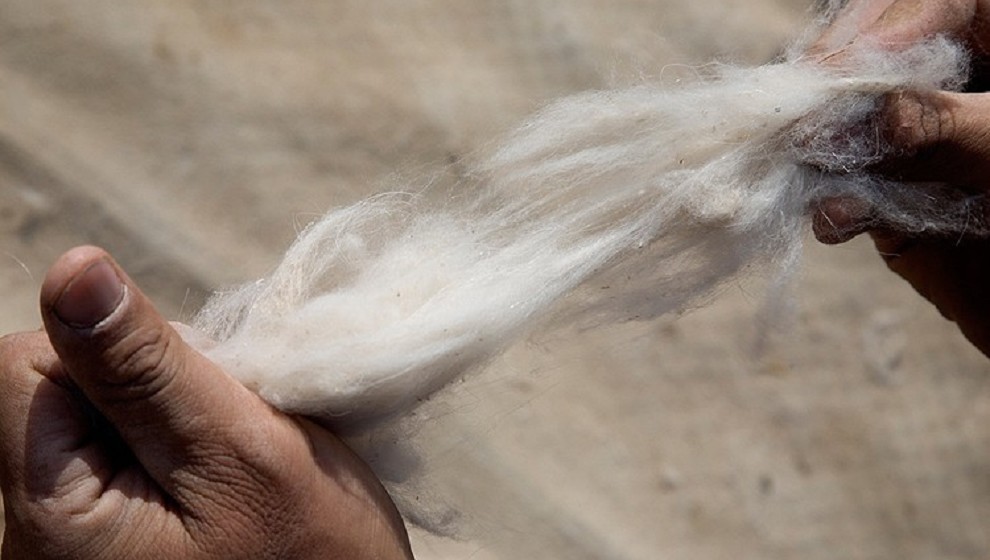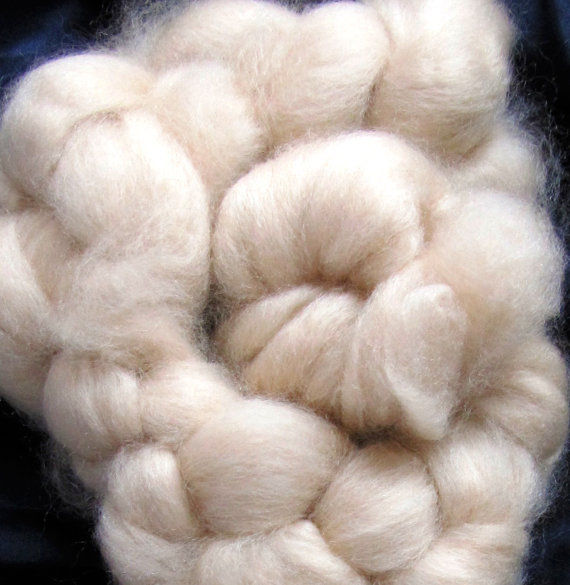The Intriguing World of cashmere: Understanding Its Material and Uses
The Intriguing World of cashmere: Understanding Its Material and Uses
Blog Article
Understanding the Different Kinds Of Cashmere an All-natural Fiber and Their Unique Benefits

The Beginnings of Cashmere: A Historical Introduction
While the elegant touch of cashmere proceeds to beauty modern consumers, its beginnings trace back to the severe, cool climates of Mongolia and the Himalayas. For centuries, the aboriginal peoples of these regions have been elevating Capra Hircus goats, the prime source of cashmere wool. These goats, durable versus the extreme winters, grew a great undercoat to survive, which later became referred to as cashmere. The name itself admires Kashmir, an area in India where the woollen was initially processed. Much of the early cashmere trade path was promoted by the Silk Road, connecting Asia with the Middle East and Europe. In spite of its worldwide spread, the finest cashmere is still thought to stem from the original regions of Mongolia and the Himalayas.

The Manufacturing Process: From Goat to Garment
Shearing a Capra Hircus goat marks the beginning of the intricate cashmere production process. The resultant raw cashmere is then washed to eliminate contaminations such as veggie, oil, and dust issue.
The tidy fiber undergoes coloring, rotating, and weaving, or knitting, to transform it into a material. Complicated procedures like quality assurance checks and completing processes follow, guaranteeing the end product maintains the elegant standard expected of cashmere. This meticulous procedure, from goat to garment, validates the high expense affixed to cashmere products, making them a symbol of high-end and refinement.
The Various Sorts Of Cashmere: A Comprehensive Analysis

The Special Advantages of Cashmere: Comfort and Sustainability
Relocating from the selection of cashmere types to the benefits they provide, comfort and sustainability attract attention prominently. Cashmere, a natural fiber, more is renowned for its exceptional soft qualities, providing a level of comfort that artificial fibers can not match. The product's agility, yet outstanding heat retention, makes it excellent for all seasons. Cashmere's all-natural flexibility permits it to return to its original shape, making it resistant to stretching or diminishing.
When it pertains to sustainability, cashmere is eco-friendly and naturally degradable, as it's harvested from cashmere goats that regrow their coats annually. what is cashmere. Unlike synthetic fibers which can take centuries to decay, cashmere's effect on the setting is minimal. This mix of convenience and sustainability makes cashmere an advantageous option link for mindful customers

Caring for Your Cashmere: Maintenance and Conservation Tips
While cashmere is definitely a glamorous and sustainable selection, it needs details like keep its high quality and prolong its life expectancy. To begin, cashmere need to be hand cleaned utilizing cool water and a mild cleaning agent. Prevent turning or wringing the garment as it can damage the fibers. Rather, gently capture out excess water and lay it level on a towel to dry. Cashmere items ought to be stored in a trendy and dry place, away from direct sunlight and moisture. Making use of moth repellents can safeguard these garments from possible damages. Finally, it's advisable to avoid hanging cashmere to avoid stretching. Rather, fold and shop them properly to preserve their shape and high quality gradually.
Spending in Cashmere: Comprehending Its Value and Well Worth
Although cashmere may originally seem like a pricey investment, its lasting value and worth come to be apparent when you consider its impressive high qualities. Recognized for its unequaled softness and warmth, cashmere is a costs natural fiber that outshines other products. Spending in cashmere, therefore, is not simply concerning present style trends, however concerning welcoming a sustainable, lasting, and extravagant way of living.
Verdict
In summary, the sort of cashmere one picks, be it Mongolian, Chinese, or Italian, is determined pop over to this web-site by specific preferences for warmth, sustainability, deluxe, and budget. The value of cashmere expands beyond its cost, with convenience and long life including in its well worth. Proper care and maintenance can ensure its preservation. Consequently, recognizing the origins, manufacturing procedure, and one-of-a-kind advantages of various kinds of cashmere can guide consumers in their financial investment in this elegant natural fiber.
Whether it's the extraordinary warmth of Mongolian cashmere, the price of Chinese cashmere, or the eco-conscious production of Italian cashmere, there's a tale to be found behind each fiber type. Cashmere, an all-natural fiber, is renowned for its unparalleled soft qualities, supplying a level of comfort that synthetic fibers can't match.When it comes to sustainability, cashmere is biodegradable and renewable, as it's gathered from cashmere goats who regrow their coats each year. Understood for its exceptional softness and heat, cashmere is a premium all-natural fiber that outshines various other materials. Understanding the origins, manufacturing procedure, and special advantages of different types of cashmere can lead consumers in their financial investment in this lavish all-natural fiber.
Report this page